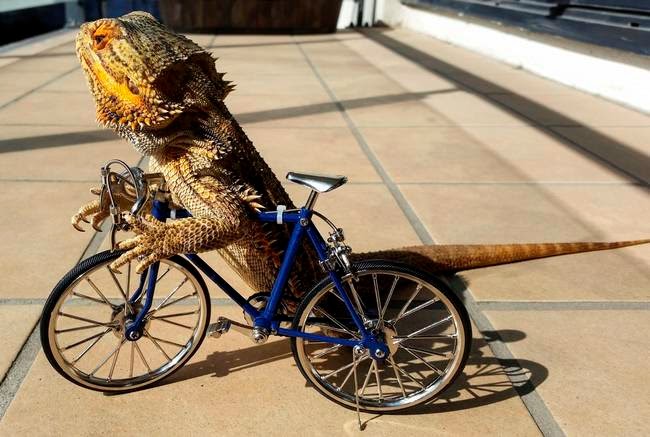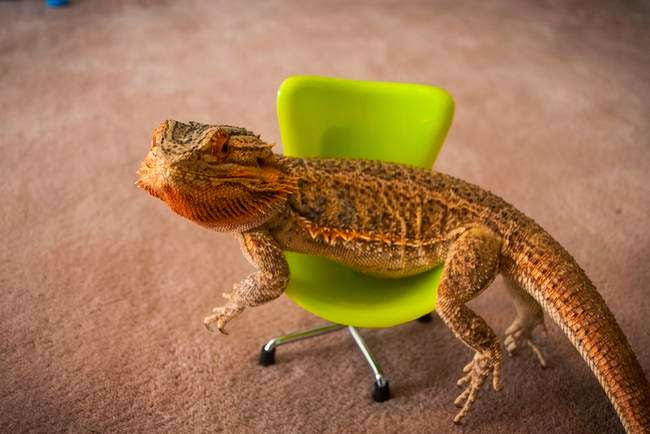Is Your Bearded Dragon Very Active but Not Eating? Here's What You Need to Know
Introduction
Bearded dragons are good-natured and fun-to-keep pets that are very popular among reptile enthusiasts. They are quite active creatures that enjoy exploring their surroundings and interacting with their owners. However, it is not uncommon for bearded dragons to go through a phase where they are very active but refuse to eat. So, if you have noticed that your bearded dragon is very active but not eating, there may be a few reasons why.

Reasons why your bearded dragon may be very active but not eating
There can be several reasons why your bearded dragon is very active but not eating. The most common reasons include:
1. Temperature Issues
Bearded dragons are cold-blooded creatures, which means that they rely on external sources of heat to regulate their body temperature. If the temperature in their enclosure is too low, they may become more active in an attempt to find a warmer spot to bask in. However, if the temperature is consistently too low, they may stop eating altogether as they need a warm environment to help them digest their food properly.

2. Stress
Bearded dragons are sensitive creatures by nature, and changes in their environment or routine can cause them to feel stressed. This can result in them becoming more active and restless than usual. Additionally, stress can also suppress their appetite, causing them to stop eating altogether.

3. Health Issues
Underlying health issues can also cause bearded dragons to stop eating. For example, a respiratory infection can cause breathing difficulties, making it hard for your bearded dragon to eat. Additionally, parasites or an impacted gut can also cause a loss of appetite.

What to do if your bearded dragon is very active but not eating
If you have noticed that your bearded dragon is very active but not eating, there are a few things you can do to help:
1. Check the Environment
Firstly, make sure that the temperature in your bearded dragon’s enclosure is at the right level. The basking temperature should be around 100 to 110oF, with the cool end of the enclosure around 75 to 80oF. Additionally, make sure that there are hiding spots and a water dish available for your bearded dragon.

2. Reduce Stress
Eliminate sources of stress in your bearded dragon’s environment. Move their enclosure to a quieter area of the house or reduce the amount of noise in the room. Additionally, ensure that your bearded dragon’s enclosure is clean and free from anything that may be stressing them out, such as an overcrowded living space.

3. Get them Checked by a Vet
If your bearded dragon has not eaten in a few days or is showing other signs of illness, it’s best to book an appointment with your vet. Your vet can carry out a thorough examination to identify any underlying health issues and recommend an appropriate course of treatment.
Conclusion
In conclusion, it’s not uncommon for bearded dragons to become very active but not eat. This behavior can be caused by a variety of reasons, such as temperature issues, stress, or underlying health issues. If you notice your bearded dragon is not eating, take the appropriate steps to address their living conditions and consult your vet if necessary. With these measures, you can help your bearded dragon return to its happy and healthy self in no time.
